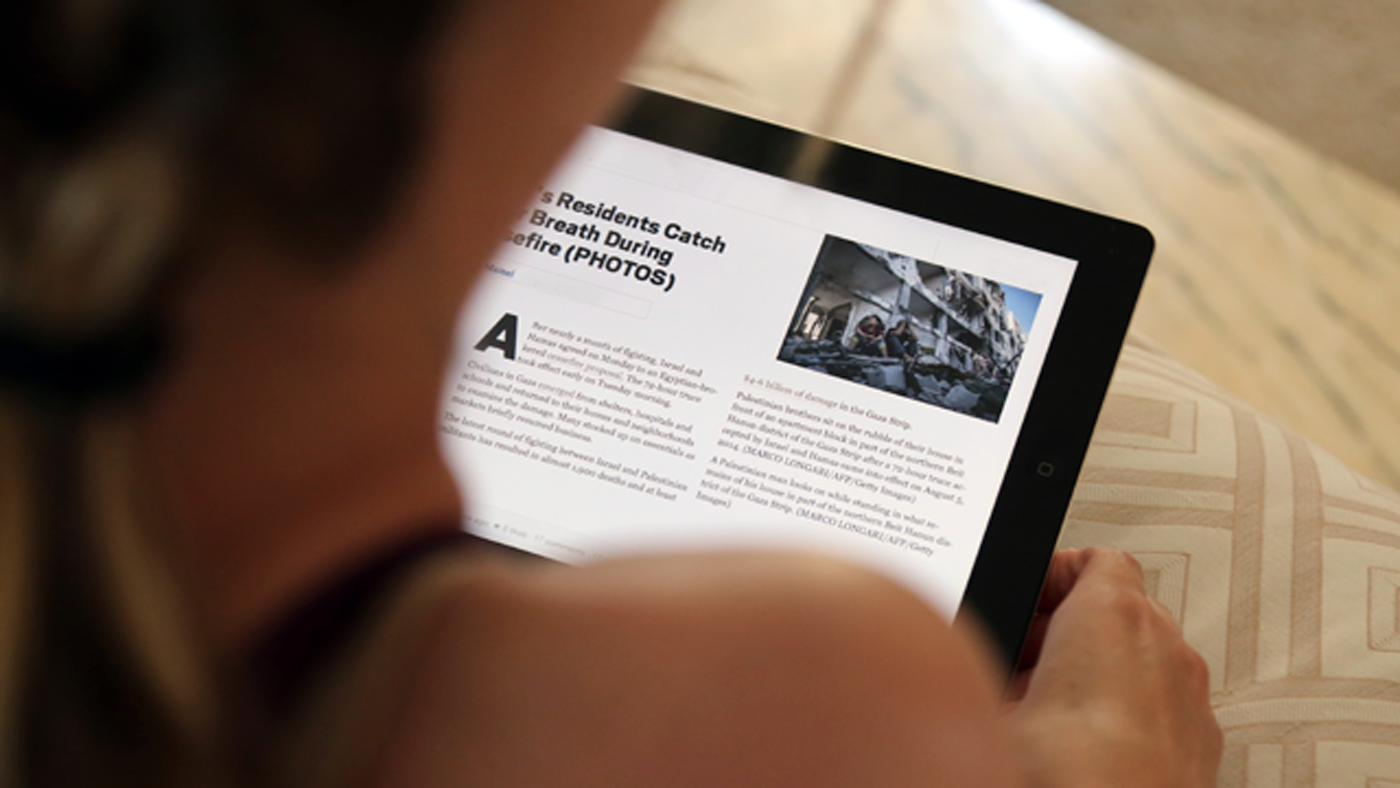A Biased View of Popular News
Table of ContentsNot known Details About Popular News Popular News Fundamentals ExplainedUnknown Facts About Popular NewsThe 2-Minute Rule for Popular News
Age is additionally a consider the method individuals see the duty of social media sites. More youthful social media sites news consumers are most likely to say it has actually impacted their discovering for the better. Concerning fifty percent of social media information customers ages 18 to 29 (48%) say news on social media makes them far better educated, compared with 37% of those 30 to 49, 28% of those 50 to 64, and 27% of those 65 and older.Reporters weigh news values when figuring out whether to cover an event or news. Below are the values that we consider when creating an outreach method. Probably the most essential component of newsworthiness is whether or not the story being communicated impacts a news outlet's target market. As an example, let's imagine scientists have actually discovered a cost-effective option to a typical issue.
Closeness is necessary. Reporters have an interest in things that impact their neighborhoods. Research on a state's new tax obligation code most likely won't generate the same passion throughout state boundaries. Periodically specialists can help center a larger national tale that affects more than just a city or state. In these situations, it is essential to be on the hunt for opportunities where topic experts can supply understanding or where comparable projects may be taking place locally.
If you are releasing relevant research, loop in MarComm before the short article being published to ensure that the pitch can highlight the latest element of the tale: the magazine of the study. Events and announcements that include top-level numbers are much more most likely to produce media insurance coverage. Sees from nationwide figures commonly require months of preparation as a result of expected community rate of interest.
Getting My Popular News To Work
Stories often include some sort of problem. By meaning, these tales are often questionable to some extent. Fortunately, college team and professors are usually regarded as unbiased specialists. We can help reduce prospective reputational risk with these tales while additionally boosting the odds of producing protection. While a lot of the above information worths are interwoven, human rate of interest tales typically stand apart.
Human interest components can include information value to other tales that might seem lacking in the other worths. The novelty or oddity of a circumstance can aid affect whether or not a news electrical outlet is most likely to cover a story. While this is not an exhaustive listing, checking to see if your information item or event has these high qualities before contacting us will help you determine which components hold one of the most news worth.

An Unbiased View of Popular News
There is additionally significant evidence that even more consumers might begin to spend for information find more info in the futureif publishers can understand them and serve them well. Half of those who do not pay for information proactively look for news and look like subscribers in various means. And nearly 2 in 10 of those that do not sign up for news currently show they are inclined to start to pay in the future.
We then ask a set of concerns to figure out whether people pay for specific kinds of news sources (Popular News). We asked people to call the resources they make use of most oftenwhether they pay for them or nothow they use them, the certain things they take into consideration important concerning them, and some related inquiries concerning the expense and value of that resource
Individuals are attracted to information in basic for two factors above others: A wish to be notified people (newspaper customers particularly are very inspired by this) and due to the fact that the magazine they register for excels at covering particular subjects about which those subscribers specifically care. While there are a host of factors, the No.
Greater than 4 in 10 also cite the truth that loved ones subscribe to the exact same product (Popular News). Greater than a third of individuals say they originally subscribed in feedback to a my review here discount or promo. In print, people likewise are moved heavily to subscribe to get vouchers that conserve them money, something that has untapped ramifications in digital
A Biased View of Popular News
Regarding fifty percent are "news hunters," implying they actively choose news instead of mostly encountering it in a much more easy method, though the news that nonpayers are looking for (for currently, at least) is usually regarding national politics. Like clients, most of these individuals likewise obtain news several times a day, make use of the news in methods comparable to clients, and have an interest in comparable subjects, consisting of international or worldwide news.

Of those who do pay, 54 percent sign up for papers in print or digitally, which represents great site 29 percent of Americans overall. The majority of them purchase a print publication together with their paper and pay for 2 to four news resources in total, some even more. And while 53 percent are veteran subscribers (5+ years), greater than a quarter (27 percent) have actually purchased their paper registration within the previous year.
Couple of print customers assume it most likely they will switch over to a digital-only subscription in the future, and even more than fifty percent of those that choose digital have never spent for a print version of the same resource. Completely 75 percent of newspaper payers state they mainly checked out the paper in print, while 21 percent are primarily digital individuals, and 4 percent describe themselves as uniformly divided.